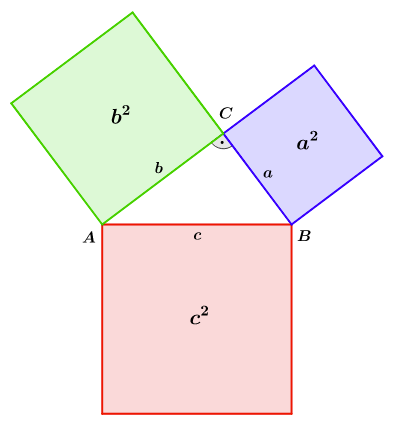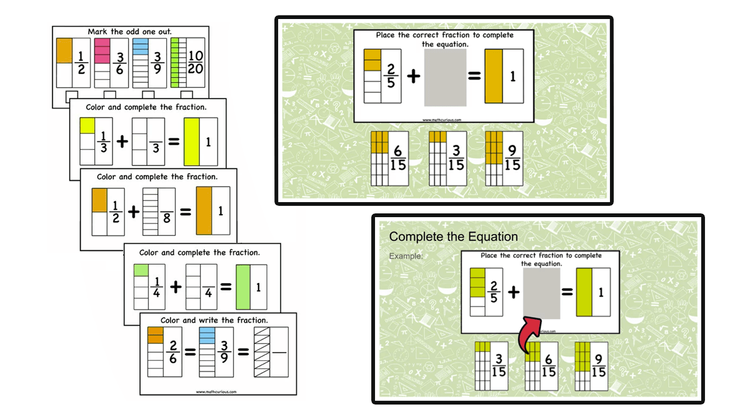Pythagoras of Samos
Pythagoras of Samos was a Greek mathematician and philosopher (c. 570 – c. 495 BC). He is known best for the proof of the important Pythagorean theorem, which is about right triangles. He taught a group of mathematicians, called the Pythagoreans, who worshiped numbers and lived like monks. Pythagoras was a great influence on Plato.
Pythagoras was born in Samos, a little island off the western coast of Asia Minor. He was well educated and he played the lyre throughout his lifetime, knew poetry and recited Homer. He did not agree with the government and their schooling, so he moved to Croton and set up his own cult of followers under his rule. His followers did not have any personal possessions, and they were all vegetarians. Pythagoras taught them all, and they had to obey strict rules.
Pythagoras had a great impact on mathematics, the theory of music and astronomy. His theories are still used in mathematics today. He was one of the greatest thinkers of his time. He believed that the physical world was mathematical and that numbers were the real reality.
Pythagorean Theorem

According to the Pythagorean theorem, the length of the longest side of the right-angled triangle called the hypotenuse (C) squared equals the length of the other two sides squared. (a x a) + (b x b) = (c x c)
The Pythagorean Theorem is a very visual concept and students will understand it through visual manipulatives and examples. A great way to illustrate the Pythagorean theorem is through paper folding. By folding a plain sheet of paper students can understand exactly how this theorem is applied.

There are many activities that students can do to practice with the Pythagorean Theorem. Students can use the Pythagorean Theorem to find out if a triangle is an acute triangle, obtuse triangle or a right triangle. If the Theorem works and the side lengths squared is equal to the hypotenuse squared, then it is a right triangle. If the hypotenuse squared is longer than the two side lengths squared and added together then the triangle is obtuse. If the hypotenuse squared is shorter than the two side lengths squared and added together then the triangle is acute. The Pythagorean Theorem can help students find missing side lengths. It can help find the third side length to a right triangle, and it can also help find the missing side lengths to squares and rectangles when the triangles are pushed together. The Pythagorean Theorem can help build rectangles and squares.
There are many uses for the Pythagorean Theorem and that’s what makes it so important. Being able to find the length of a side, given the lengths of the two other sides makes the Pythagorean Theorem a useful technique for construction and navigation. Showing students examples of the Pythagorean Theorem in real life will help them understand its importance and its many uses. The Pythagorean Theorem can be used to build rectangles and squares. Builders use the Pythagorean Theorem to help keep angles right and build houses, decks, buildings, and to install windows, doors, and floors. It can also be used to find distances and areas in real life.









